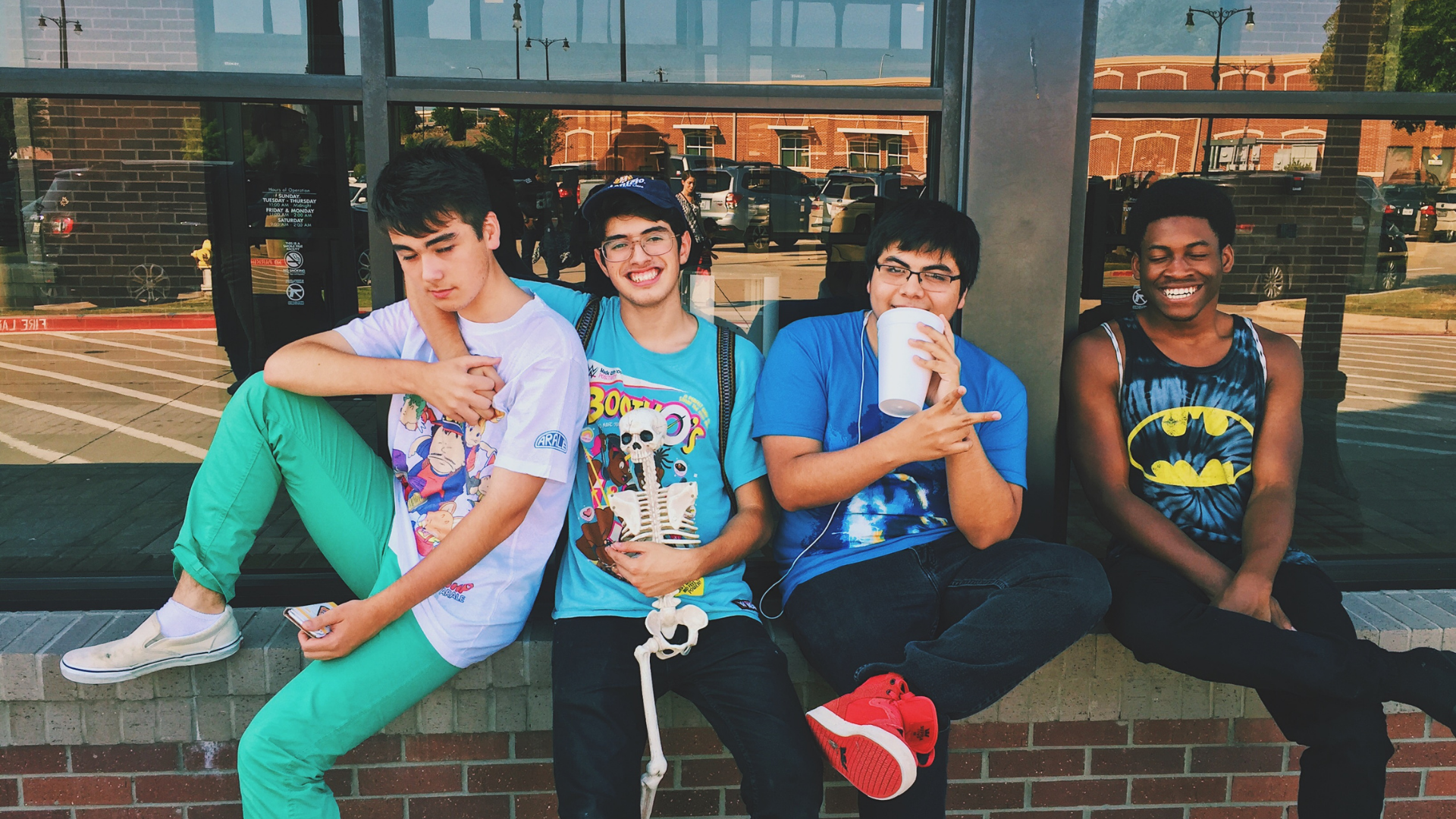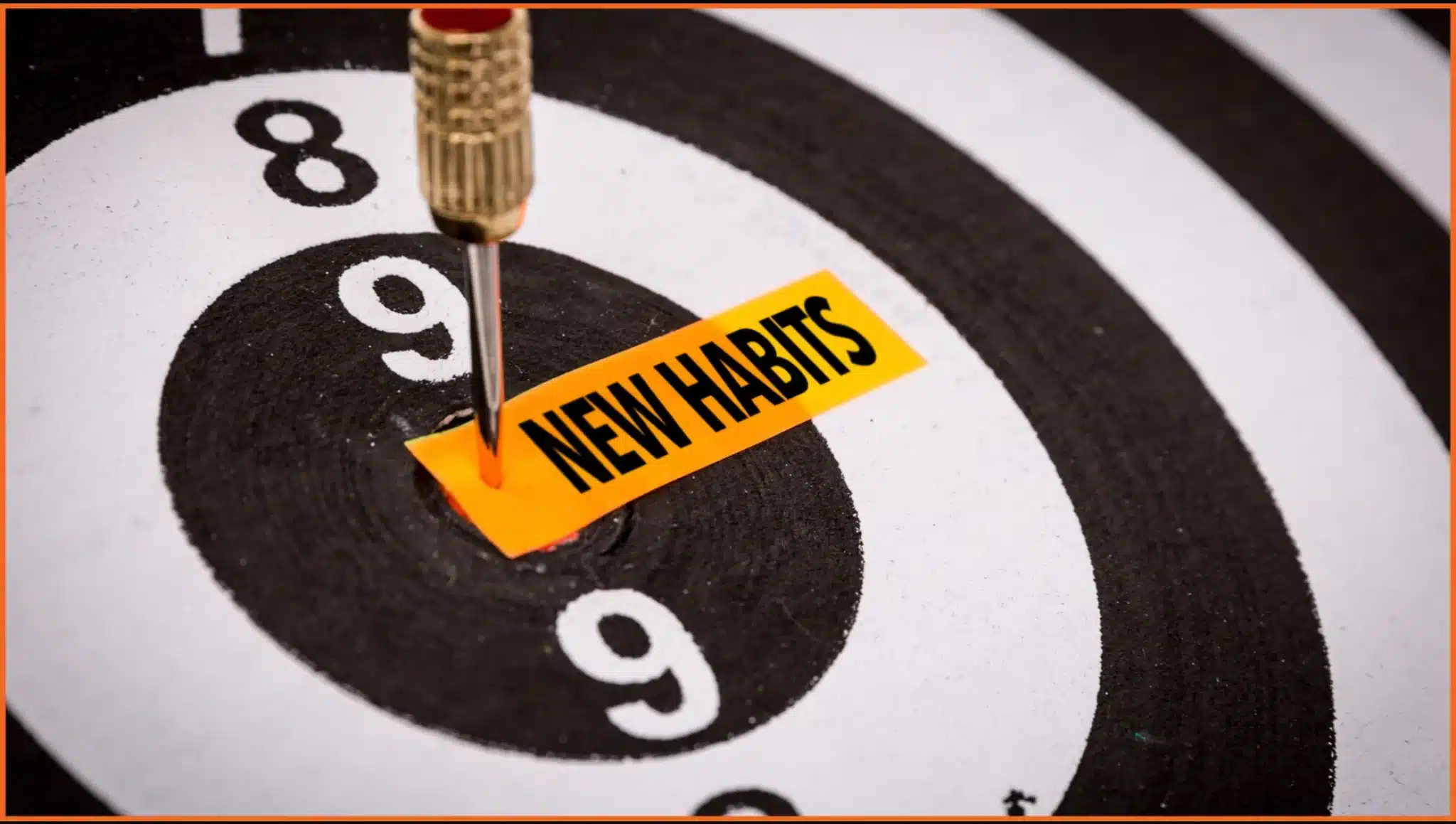The Unlikely Leader Next Door
Table of Contents
We often look for leadership inspiration in books, boardrooms, or biographies. But sometimes, it arrives unannounced, wearing sneakers, headphones, and a backpack. I am talking about the teenager who lives next door.
Yes, you read that right.
Teenagers may be known for their unpredictable energy, messy rooms, and rebellious streaks. But spend a little time observing them, and you will start noticing something else. Curiosity. Resilience. Initiative. And sometimes, even a quiet wisdom that many adults lose along the way.
In my case, that inspiration came from a boy named Kush. I have watched him grow from a playful child into a thoughtful and resourceful teenager. What began as casual neighbourly observation turned into a fascinating reflection on leadership.
Here are four leadership lessons I learned from Kush, which continue to shape how I think about growth, responsibility, and leading with authenticity.
2. Always Have A Plan
I first noticed this about Kush when I saw him sketching out a daily schedule on a whiteboard in his room. It was a simple layout that included time for schoolwork, workout sessions, hobbies, and even evening walks. What struck me was not just the presence of a plan, but the intention behind it.
He was creating structure, not just reacting to life.
As a leader, this is one of the most critical habits to cultivate. Having a plan, whether for a week, quarter, or year, is not about controlling every outcome. It is about providing direction, clarity, and rhythm to your team’s efforts.
The most impactful leaders I have met are not those who react the fastest, but those who prepare the deepest. They take the time to plan goals, anticipate risks, and align resources. They build roadmaps that inspire confidence without becoming rigid.
Kush’s whiteboard reminded me of strategic planning sessions I have facilitated. Even in professional settings, people feel more secure when they know the plan. It gives them a reference point and a sense of control, even when surprises come along.
What to practice:
- Maintain a daily reflection ritual, even if it is five minutes to review your priorities
- Co-create quarterly goals with your team to build ownership
- Share plans openly, and be open to adjusting them together
Planning is not about prediction. It is about preparation. Even a teenager knows that.
2. Imagination Is A Superpower
One weekend, I walked past Kush’s house and saw what looked like a strange contraption in the driveway. Upon closer inspection, I realised it was a homemade hybrid of two bicycles, welded and reassembled into a custom ride. It was wobbly but functional. And entirely his idea.
I stood there smiling. What a brilliant example of creative courage.
In leadership, imagination often gets overshadowed by urgency. We prioritise results over reflection, delivery over design. But every meaningful innovation begins with the courage to imagine something different.
Whether it is rethinking how we onboard new employees or reimagining how teams collaborate remotely, it takes imagination to see what does not yet exist.
I have seen leaders use simple design-thinking principles to reinvent workplace challenges. One team restructured their entire internal communication strategy after a workshop that used storytelling and visual thinking as tools for change. You could see the energy shift when ideas were invited, not imposed.
Kush reminded me of that mindset. When imagination is treated as a skill, not a luxury, people come alive.
What to practice:
- Challenge yourself to sketch or write out a new idea every week
- Host “what if” sessions with your team, just to explore possibilities
- Celebrate experiments, even when they fail, because they open doors
If you want to build this culture in a structured way, Design Thinking Workshops can help teams unlock creativity and drive innovation.
Imagination is not just for kids. It is for courageous leaders willing to see what could be.
3. With Great Power Comes Great Responsibility
Yes, it is a line made famous by Spider-Man. But it is also one that Kush seems to live by.
Over the past year, I have seen him take on more than anyone asked of him. He helps his father run a local store after school. He cooks meals when his mother is unwell. He organizes community clean-up drives and feeds stray animals in our neighborhood. None of it is glamorous. None of it is required. But he shows up, anyway.
This is what quiet responsibility looks like.
Leadership is often equated with titles and visibility. But its essence lies in how you show up for others. True leaders take ownership of outcomes, even when it is not their fault. They pitch in without being asked. They make things better because they can, not because they must.
And perhaps most importantly, they lead by example.
Kush may not have read leadership books, but he practices its principles daily. He understands that being capable means being accountable.
What to practice:
- Volunteer for unglamorous tasks that benefit the team
- Acknowledge the invisible labor others do
- Reflect daily on how your actions impact those around you
Leaders who want to deepen this mindset often benefit from values-based training. Programs like Find Your Why help reconnect with purpose and long-term responsibility.
Power is not about being in charge. It is about being worthy of the trust people place in you.
4. Be Prepared To Go The Extra Mile
In our neighbourhood, gully cricket is serious business. Teams are drafted, scores are tracked, and rivalries are legendary. Kush, of course, is a star player. But not because of natural talent alone.
He practices relentlessly. He seeks feedback. He studies techniques on YouTube. He challenges better players just to test himself. And when he gets out early, he stays back to cheer on his team.
This is what going the extra mile looks like. Not just when you win, but especially when you do not.
In the professional world, we talk a lot about growth mindsets, grit, and resilience. But what does it actually look like? It looks like showing up prepared. Asking for help. Staying curious. And keeping the long game in mind.
One of the best team leaders I worked with used to end every meeting with one question. “What is one small thing we can do better next time?” Over time, that question created a learning culture where improvement was constant, not occasional.
Kush lives this principle every time he steps onto the cricket pitch. And watching him reminds me that leadership is not about having all the answers. It is about having the energy to keep learning.
What to practice:
- Ask your team to reflect on their own improvement goals
- Normalize feedback by giving and receiving it frequently
- Acknowledge small efforts that reflect progress, not just outcomes
The extra mile is rarely crowded. That is why it is so powerful.
Final Reflection: Who Is Your Kush?
Writing this piece was both a tribute and a reminder. Kush does not know that I wrote about him. But I hope he reads this one day and realises that his small, daily choices had a big impact on someone watching quietly from next door.
Leadership inspiration does not always come from keynote speakers or best-selling books. Sometimes, it comes from watching someone grow into themselves with integrity and enthusiasm.
So here is my invitation to you.
Look around. Who is your Kush?
Who is modeling responsibility without the spotlight? Who is imagining better solutions just for the joy of it? Who is quietly planning their time, building habits, and showing up for others?
Maybe it is a young intern in your office. Maybe it is a team member who does not speak much but always delivers. Maybe it is someone in your family. Watch them. Learn from them. And thank them, when you can.
Because leadership is not about hierarchy. It is about humanity.














